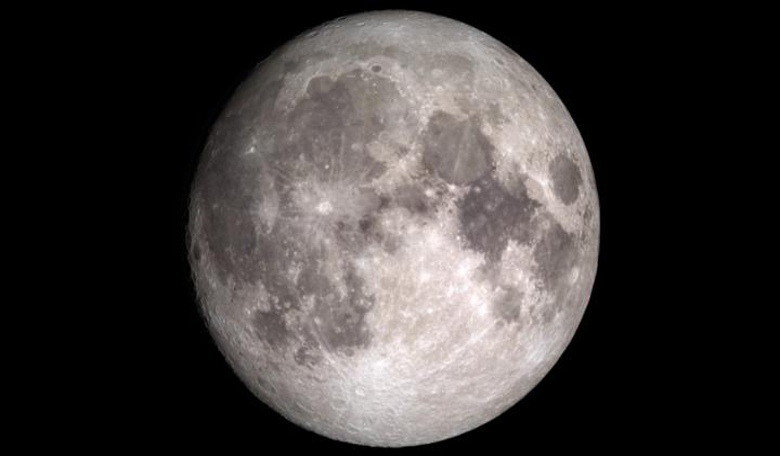A new study into the Moon’s water content and how it is distributed on its surface now indicates that there might be more of it than previously thought and that it might not be confined to a particular region or type of terrain, but is more widespread after all.
Water on the Moon is of intense interest for many reasons because when you split water molecules apart, you end up with oxygen and hydrogen - two critical components for breathable air and rocket fuel. Consequently, understanding if the Moon has enough water, and if it can easily accessed is paramount to the establishment of a lunar settlement.
Up until the last decade or so, many scientists thought that only negligible amounts of water were present on the Moon, and that it was hidden away in permanently shaded craters near the poles. However, data gathered from both India's Chandrayaan-1 spacecraft and NASA’s Lunar Reconnaissance Orbiter (LRO), detected signatures interpreted as water in sunlight reflected from the Moon's surface. Not only that, but the signals seemed to follow a cycle of stronger and weaker emission based on the time of day.
However, a new interpretation of the data contradicts these previous studies. "We find that it doesn't matter what time of day or which latitude we look at, the signal indicating water always seems to be present," said Joshua Bandfield, a senior research scientist with the Space Science Institute in Boulder, Colorado, and lead author of the new study published in Nature Geoscience. "The presence of water doesn't appear to depend on the composition of the surface, and the water sticks around."
This new finding also suggests that the water may be present primarily as OH, a more reactive compound than H2O. OH, also called hydroxyl, is made up of one oxygen atom and one hydrogen atom and therefore it would have to be extracted from minerals in order to be used. In that respect, it is not as attractive as water in terms of supporting a lunar station.
"The next step is to determine whether it's water, hydroxyl, or a mixture of the two – and where it came from," said Dr. Michael Poston, from the Southwest Research Institute and a coauthor of the paper. “Is it from external sources, delivered by comet or asteroid impacts? Is it from internal processes on the Moon itself, such as ancient volcanism? Or could it be an ongoing process of the solar wind reacting with lunar materials to create OH or H2O?"
Understanding what processes are occurring on the Moon could also help researchers understand the sources of water and its long-term storage on other rocky bodies throughout the solar system.











